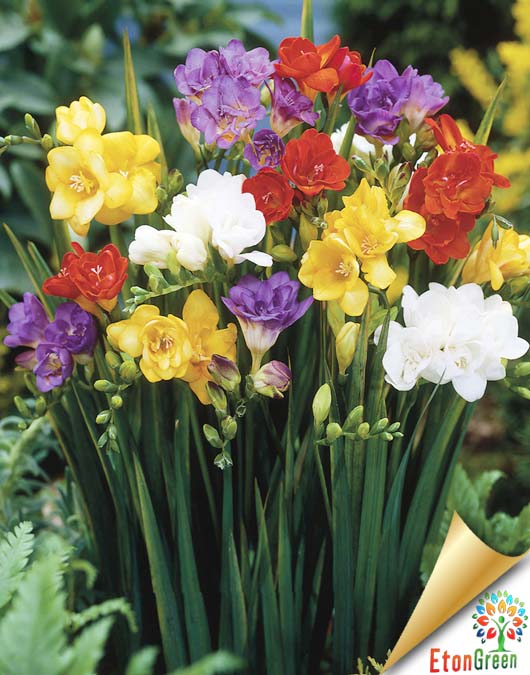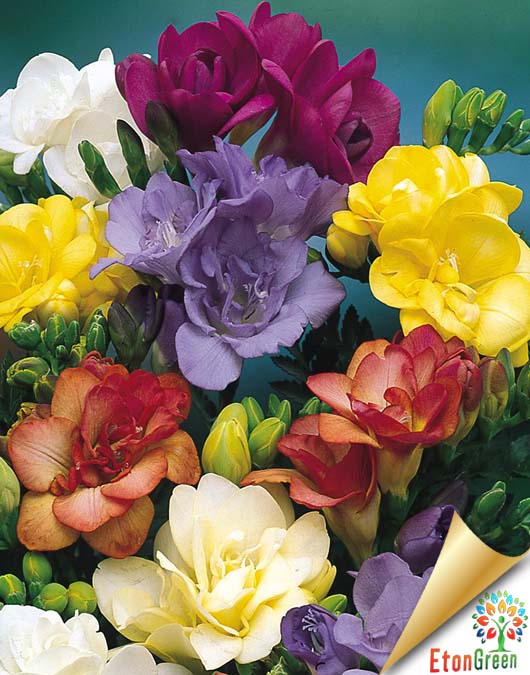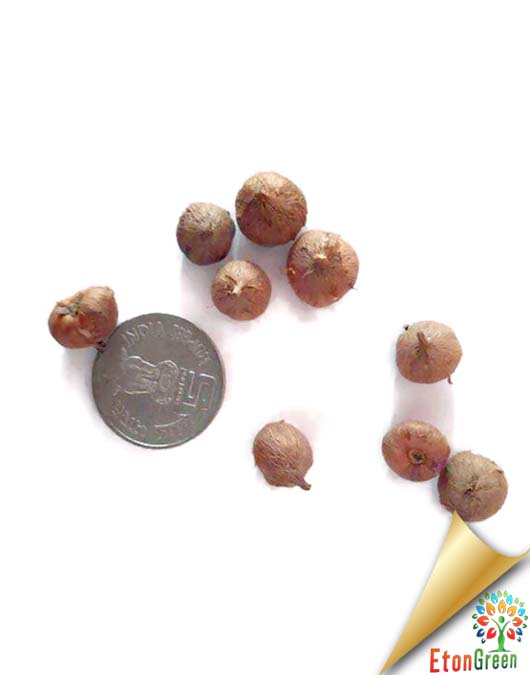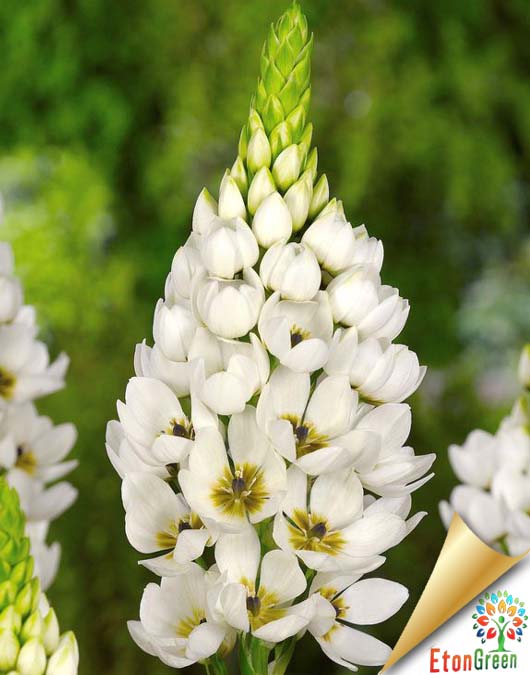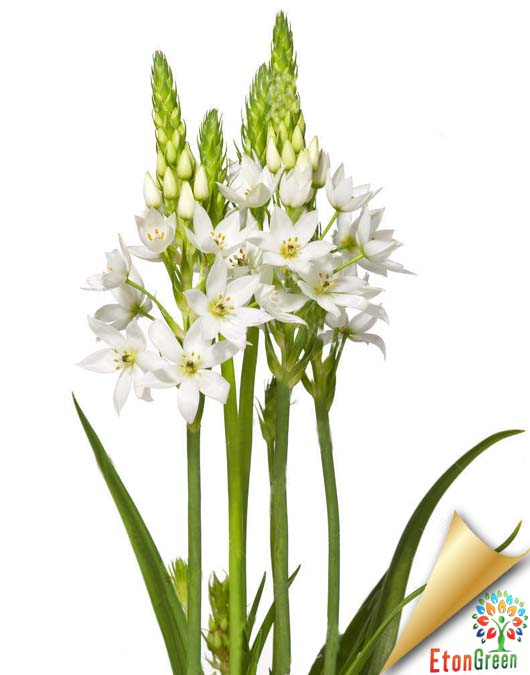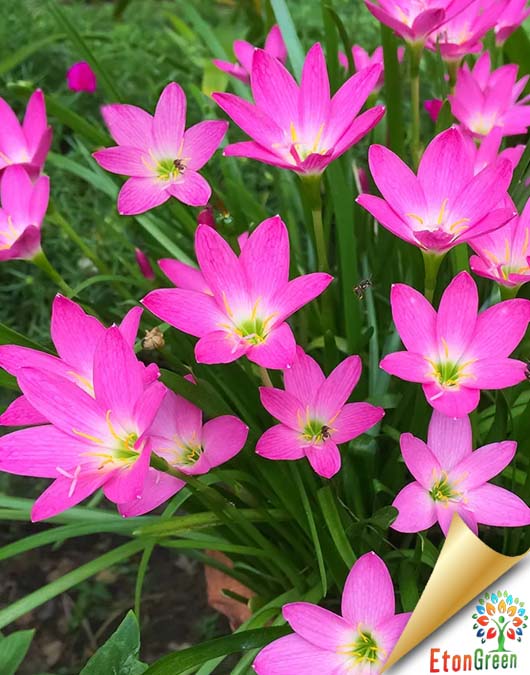- Shipping charge ₹ 90 for entire order
- Tritonia crocata is a striking, late spring and early summer-flowering plant with fiery orange or reddish orange flower sprays and a fan of short, lance-shaped leaves.. It has a flattened corm surrounded by a few layers of fibrous outer tunics and multiplies by cormlets produced around its base. The three lower tepals of the flower have a narrow yellow or dark red central stripe in the throat, and all the tepals have attractive narrow translucent zones or ‘windows’ on the margins.
- Tritonia are small bulbous plants up to 80 cm, that appear in great numbers in spring. The leaves are fan-shaped. The flowers are shades of yellow, orange or brown, sweet-smelling, and give off a very strong fragrance, especially at night. They are not grazed
- Tritonia bulbs produce nice loose spikes of up to 10 flowers, each 1-2″ / 3-5 cm in diameter on slender, graceful branched stems. The rounded up facing flowers which narrow to a short tube at the base resemble those of freesias. They are long-lasting cut flowers and their vivid soft colors will brighten up any room. Their foliage is narrow and grassy.
- Shipping charge ₹ 90 for entire order
- Common name: Star-of-Bethlehem, Chincherinchee, Snake Flower, Prussian Asparagus.
- Bloom time: The Ornithogalum thyrsoides flowers from October to February, providing lasting blooms that grace gardens and landscapes with their pristine blooms during the hottest months.
Height: 4 to 24 inches (10—60 cm).
Difficulty level: Medium - Planting & Care
Full sunlight through to full shade. Good drainage. Rich soil. In the early spring supply a top dressing of manure. Provide frequent feeds with weak fertilizer. Divide frequently to maintain vigor. Deadhead before seed-set to prevent spreading.
- Shipping charge ₹ 90 for entire order
- This versatile plant can be used in mass plantings, in rock gardens, as a container plant or partially submerged in the water garden.
- Rain lily Leaves are a deep glossy green and measure 3 mm wide. Flowers, which at first resemble a new leaf, but emerge from their papery sheaves to a stunning whiteness; they are erect in perianth.
- Dig holes and plant the bulbs 1-2 inch deep and 6 inch apart
- Sow bulbs into a hole made with your finger or the end of a stick
- Poke, drop, cover
- After planting, water well, gently soaking the soil and settling it around the bulbs
- Germination will begin in 10 to 15 days
- Rain lilies are happiest with little moisture during spring and summer, with a bit more water late in the season to trigger flowering
- Plant the bulbs immediately and do not store for long time
- Its star shape attractive flowers increase the beauty of any empty space.
- The star shape flowers are mostly used for ornamental purpose in garden, balcony, terrace, etc.

